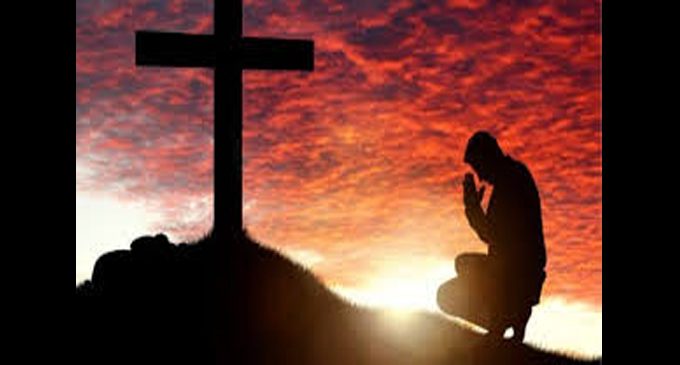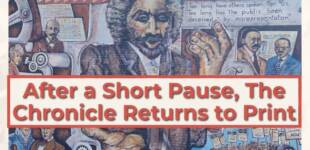Sunday School Lesson

The Day of Atonement
Scriptures: Leviticus 16:11-19
By the end of this lesson, we will:
*Explain the significance of the Day of Atonement;
*Compare and contrast the Day of Atonement with Jesus’ sacrifice;
*Participate in a debate of the value (or lack thereof) of specifying an annual day for congregational confession of sin or write a prayer confessing sin.
Background: The Day of Atonement is annually observed on the tenth day of the seventh month. In the Jewish culture it is referred to as “yom hakip-purim” – meaning “decontaminate (the sacred precincts) of sin or defilement.” It also brings about a sort of purification of the Israelite people. Atonement itself is the process of restoring right standing with God once sin has occurred. In the lesson, God’s instructions to Moses detailed the ceremony that would cover Israel’s sins – their guilt had to be covered over – their offenses had to be paid for through the shedding of blood. The shedding of blood taught that atonement symbolizes the substitution of life for life. The Old Testament Day of Atonement points forward to the atoning sacrifice of Christ on the cross for our sins. God presented Jesus as a sacrifice of atonement.
Lesson: Atonement for Some (Leviticus 16:11-14). “Aaron shall bring the bull for his own sin offering to make atonement for himself and his household, and he is to slaughter the bull for his own sin offering” (verse 11). Before entering the Most Holy Place, the high priest had to carefully wash himself and put on special garments. Aaron’s first entry into the inner sanctum of the tent was to atone for his own transgressions and impurities. He could not make atonement for the sins of the people of Israel until his own sins and those of his house were dealt with. “He is to put the incense of the fire before the LORD, and the smoke of the incense will conceal the atonement cover before the tablet of the covenant law, so that he will not die” (verse 13). The incense is placed on the coals (verse 12) to create a cloud of smoke, preventing Aaron from viewing the holiest place so that he would not die. “He is to take some of the bull’s blood and with his finger sprinkle it on the front of the atonement cover; then he shall sprinkle some of it with his finger seven times before the atonement cover” (verse 14). The blood is sprinkled in front of the throne and behind it, purging the areas most vulnerable to contamination.
Atonement for Many (verses 15-17). “He shall then slaughter the goat for the sin offering for the people and take its blood behind the curtain and do with it as he did with the bull’s blood. He shall sprinkle it on the atonement cover and in front of it” (verse 15). Aaron’s second entry into the inner sanctum is to atone for the transgressions and impurities of the people. The blood of the goat is sprinkled the same way as the bull. “In this way he will make atonement for the Most Holy Place because of the uncleanness and rebellion of the Israelites, whatever their sins have been. He is to do the same for the Tent of Meeting, which is among them in the midst of their uncleanness” (verse 16). The blood of the sacrificed bull and goat was also sprinkled on the atonement cover, the tent of meeting and the altar. The blood cleansed the house of God itself, which was made ceremonially unclean by the sins of a guilty people in constant contact. “No one is to be in the tent of meeting from the time Aaron goes in to make atonement in the Most Holy Place until he comes out, having made atonement for himself, his household and the whole community of Israel” (verse 17). This verse confirms Aaron’s being alone making atonement for everyone and decontaminating the tent of meeting.
Atonement for the Altar (verses 18-19). “Then he shall come out to the altar that is before the LORD and make atonement for it. He shall take some of the bull’s blood and some of the goat’s blood and put it on all the horns of the altar” (verse 18). The altar is the sacrificial altar that stood outside in the courtyard, not the incense altar which has already been purged. “He shall sprinkle some of the blood on it with his finger seven times to cleanse it and to consecrate it from the uncleanness of the Israelites” (verse 19). The altar was not only purged but reconsecrated for the coming year. (Note: a diagram of the Tent of Meeting would help to follow the process of atonement better.) (Standard Lesson Commentary 2024-2025, The MacArthur Study Bible, The Jewish Study Bible, Experiencing God Bible, The Jesus Bible and The Oxford Bible Commentary).
For Your Consideration: What do the meticulous instructions regarding the ministry work for and on the Day of Atonement have to say about providing ministry today?
Application: Write a prayer confessing sin.
FYI: Forsyth County Sunday School Union meets in person every third Sunday, 1:30 p.m. at a member church. Contact your Sunday School Superintendent for more information.










